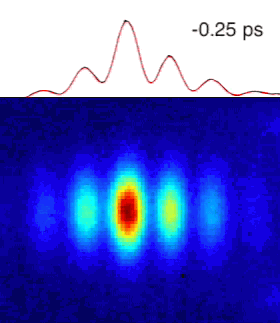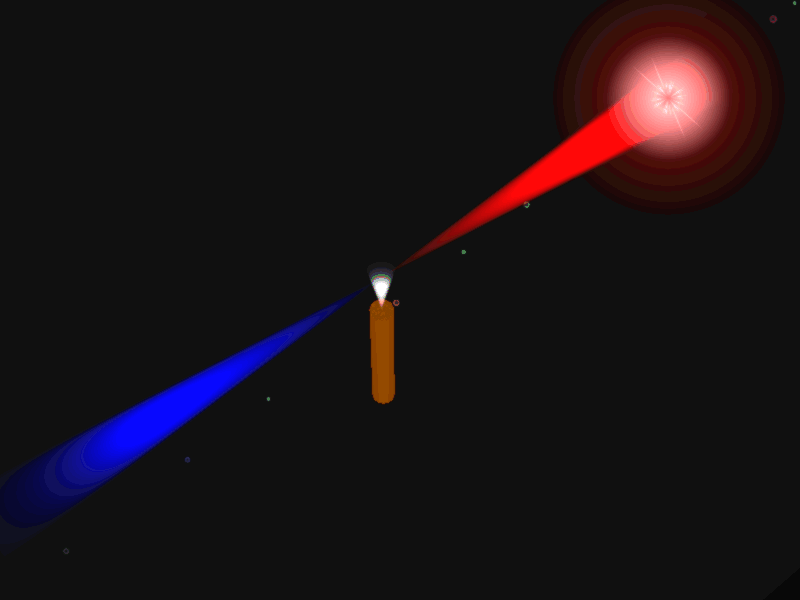_ Department of nano laser and electronics
Electronics and division based on the wavelength of the output beam and the wavelength of the output beam of Nano Laser Nano Laser
Researcher and author: Dr. ( Afshin Rashid)
Note: The division is based on the wavelength of the output beam and the wavelength of the output beam of the wide range nano laser. According to this and the wavelength, the types of nano lasers include infrared, visible and ultraviolet lasers, for example, the nano laser produces a beam with a wavelength of about 858.32 X-rays, the wavelength of a solid nano laser is between 9.6 and 10.6 It is a micrometer. This is because the wavelength of liquid lasers are in the infrared and ultraviolet regions, respectively.
Nano lasers work on length scales 1000 times smaller than the thickness of a human hair. The lifetime of the light captured in such small dimensions is so short that the light wave has only a few tens or hundreds of times to move up and down. Nanolasers open new perspectives for on-chip coherent light sources such as lasers that are extremely small and ultrafast. The performance of nano lasers is based on fast conducting nanoparticles such as silver arranged in a periodic array. Unlike conventional lasers, where laser signal feedback is provided by conventional mirrors, nanolasers use radiative coupling between fast conducting nanoparticles such as silver. These 100 nm particles act as small antennas.To produce high-intensity laser light, the distance between the particles is matched to the laser wavelength so that all the particles in the array are irradiated in unison. Fluorescent organic molecules are used to provide the input energy (gain) required for nano lasers.
A fundamental challenge for nanolasers is the lack of sufficient light to be useful if not present in small dimensions. The light from the nano laser is not emitted and re-emitted. To solve the problem of radiation and its reflection, they produce nano lasers in the dark state of lasing. A dark state can be directly understood by considering regular antennas: a single antenna, when driven by one current, radiates strongly, while two antennas - if driven by opposite currents " A dark state in a nanoparticle array causes a similar current in the opposite phase in each nanoparticle, visible light frequencies." "Dark states for applications that They require low energy consumption and are attractive like nano lasers. But without any tricks, the dark mode laser is completely useless because the light is basically stuck in the nanoparticle array and can't get out. "But by using the small size of the array, an escape route is found for the light. Towards the edges of the array, the nanoparticles begin to reflect more and more like regular antennas radiating to the outside world.
Conclusion :
Types of nano lasers include infrared, visible, and ultraviolet lasers, for example, nano lasers produce a beam with a wavelength of about 858.32 nm x-rays, the wavelength of a solid nano laser is between 9.6 and 10.6 micrometers. This is because the wavelength of liquid lasers are in the infrared and ultraviolet regions, respectively.
Researcher and author: Dr. ( Afshin Rashid)
Specialized doctorate in nano-microelectronics






